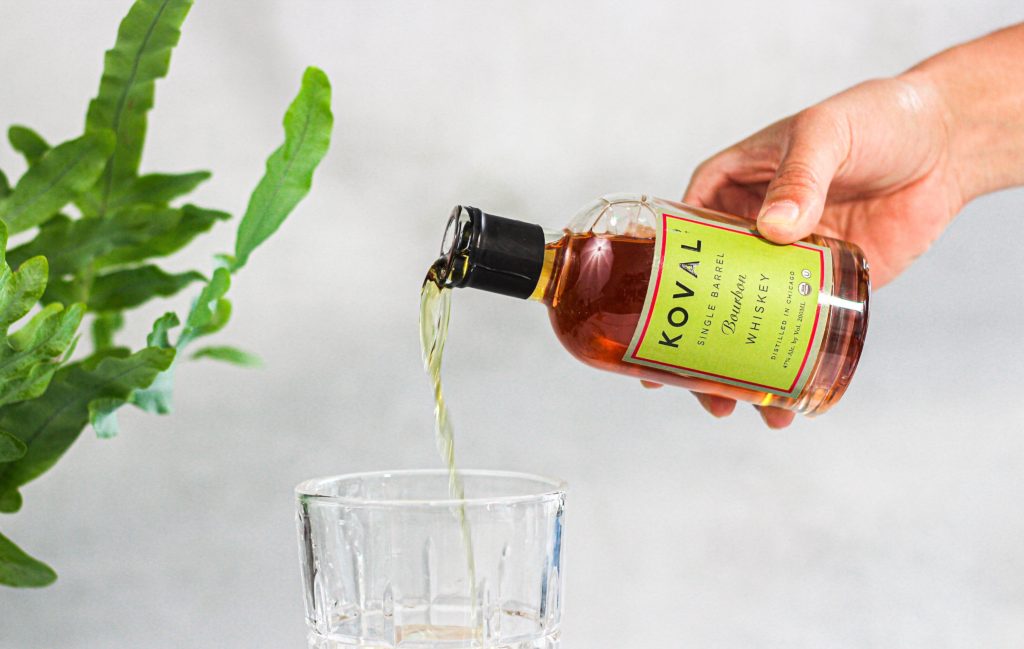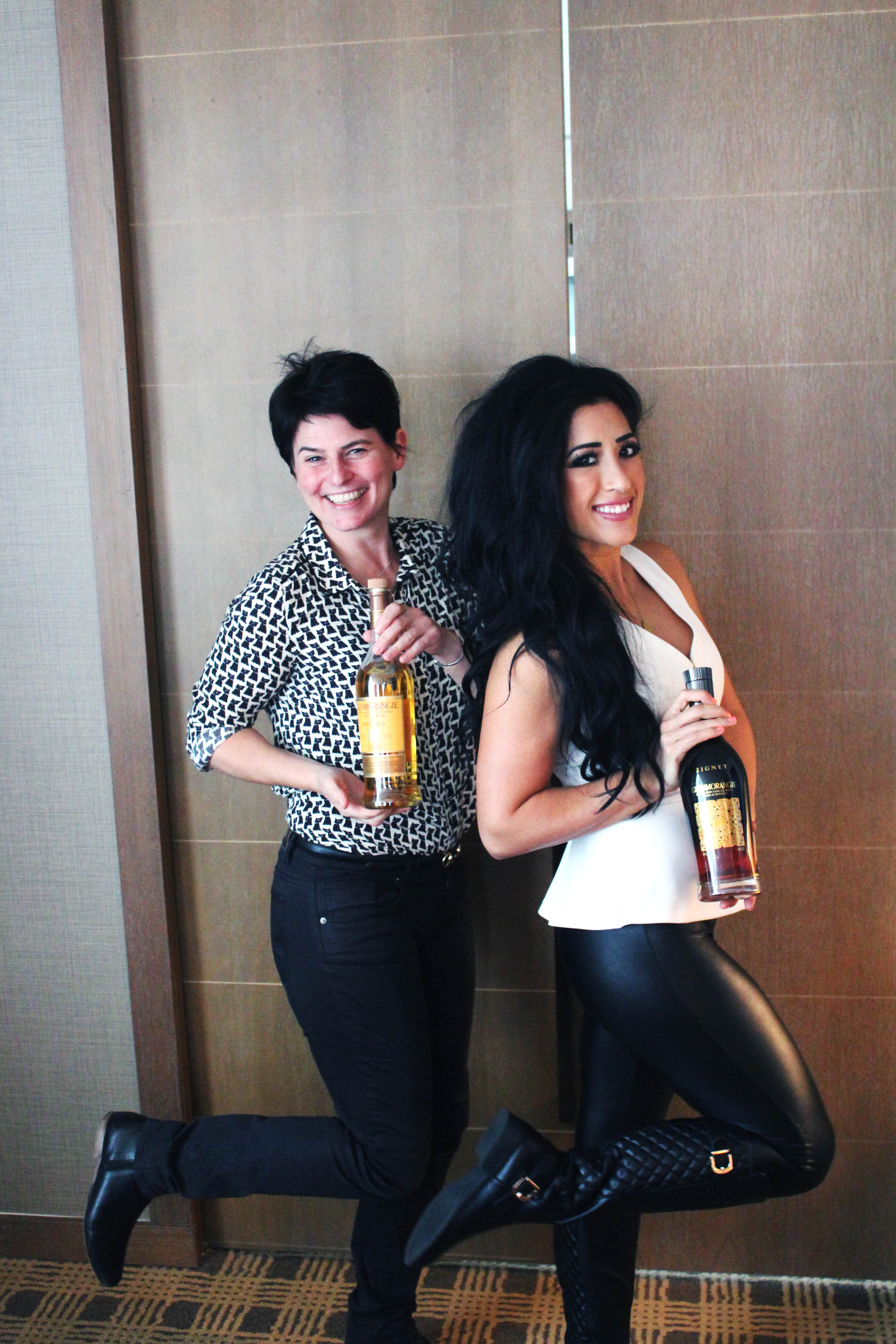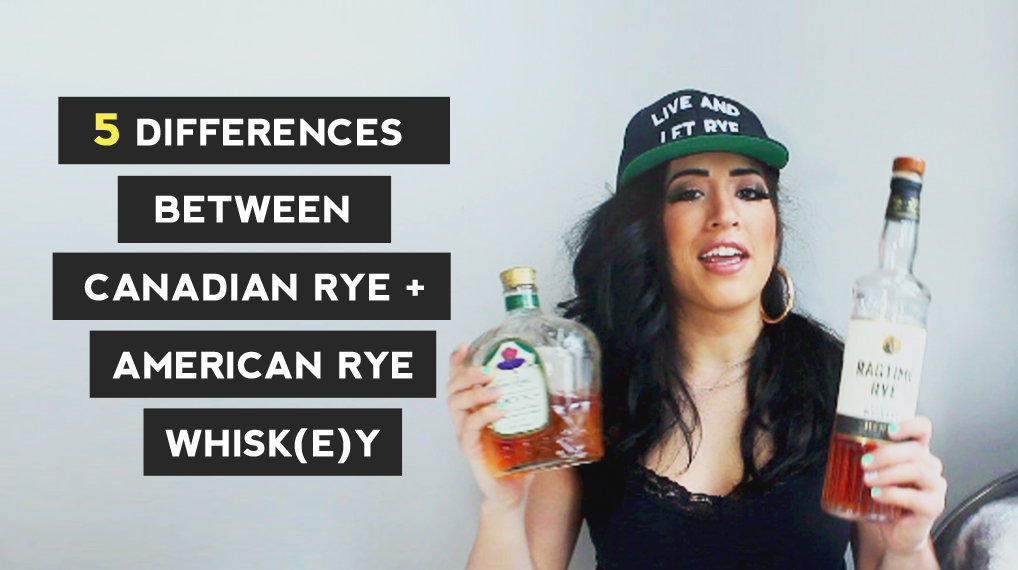I don’t know about you, but while I love reading about whisk(e)y, sometimes, I appreciate watching/listening to a video instead and I found that there was a serious lack of consistent content about whiskey on YouTube (other than men providing their personal tasting notes).
My intention is to provide you with a modern, fresh, fun take on topics pertaining to whiskey so you can learn more about what you’re drinking. Without further ado, in this week’s episode we explore the wonderful world of Bourbon. You’ll learn what five requirements need to be satisfied in order for a whiskey to be considered Bourbon as well as three main styles of bourbon including classic, high rye and wheated.
Below are some of the key facts and information from the video!
In order for something to be a Bourbon, it needs to meet 6 main requirements:
Made in the USA (not just Kentucky)
Made from at least 51% corn
Distilled at no higher than 160 proof (80% ABV)
Put into the barrel at no higher than 125 proof (62.5% ABV)
Aged in new, charred oak containers (not barrels necessarily)
Bottled at 40% ABV minimum
Bourbon Flavour/Texture Profile Pillars:
1. American Oak (quercus alba): Known most for notes of vanilla + coconut (from lipids like cis-oak lactone + trans-oak lactones) and spice (from the lignins + charring of the barrel).
2. Wood Charring: Creates volatile phenols that create aroma/flavour like guaiacol (vanilla, smoky, woody), 4-vinylguaiacol (clove), eugenol (sweet, spicy, clove, woody) + vanillin (vanilla).
3. Corn: Produces a whiskey that’s sweet, soft, creamy and fruity.
4. Sub-80% ABV Distillation: Produces a rich medium plus to full bodied spirit that has heavy cereal notes and can be oily/waxy
5. The Yeast Strain: Will produce more or less Esters (fruity & floral), Aldehydes (sweet, green, solvent notes), Diacetyl (buttery notes), Fusel Oils (bready, yeasty, nutty, waxy notes).
Typical Bourbon Mash Bills
While this isn’t legally defined or recognized, bourbons tend to fall into one of three categories in terms of mash bills (and again these are super generalized). Before I go through those though, here are the baseline flavour profiles for all bourbons below.
The three main mash bills for bourbon (however, not all bourbons fall under these categories!):
Standard Mash Bill
70–79%* corn / 10–20% rye / 10–15% malted barley
High Corn: Enhances/highlights those sweet, soft, creamy and fruity notes.
Rye: Adds a subtle layer of baking spices, pepper, helps dry the whiskey.
Malted Barley***: Subtle notes roasty, toffee + malt
Examples Available in Canada: Wild Turkey 81, Woodford Reserve Bourbon, Angel’s Envy, FEW Bourbon, Jim Beam, Four Roses.
High Rye Mash Bill
51–65% corn / 21–35% rye / 10–15% malted barley
High Rye: Highlights dry, peppery, spicy, pungent, earthy, and herbaceous notes.
Corn: Underlying notes of sweetness and fruit.
Malted Barley***: Subtle notes roasty, toffee + malt
Examples Available in Canada: Bulleit, Basil Hayden + Old Grand Dad.
Wheated Bourbon Mash Bill
60–79% corn / 10–20% wheat / 10–15% malted barley**
Wheat: Unlike using rye, wheat is mild, aromatic and serves to soften up the spirit helping to really enhance all those sweet, honey, fruit, caramellic + vanilla notes from the corn and charred oak.
Corn: Baseline notes of sweetness and fruit.
Malted Barley***: Subtle notes of roasty, toffee + malt
Examples Available in Canada: Maker’s Mark, Weller Special Reserve, and Pappy Van Winkle 12 Year.
—
*So interesting fact: If an American whiskey has more than 80% corn in it’s mashbill, it can also be considered for another category of whiskey, Corn Whiskey. That being said, it would have to be sold either unaged, aged in virgin oak (uncharred) barrels or previously used charred oak barrels or else it’s still considered a Bourbon.
**Even though these bourbons are supposed to be milder, the ABV will affect how we perceive the profile of the whiskey. So something like Maker’s Mark, even though it’s wheated may seem to have more of a “kick” than other bourbons simply because it’s bottled at 45% ABV vs. 40% ABV.
***The Malted Barley in the mashes aren’t really used for their flavour profile in the whiskey but rather it’s used primarily the enzymatic conversion of starches to sugar.
—
Did you find this helpful? Is there anything else you’d like to know about Bourbon? Leave a message in the comments below.





